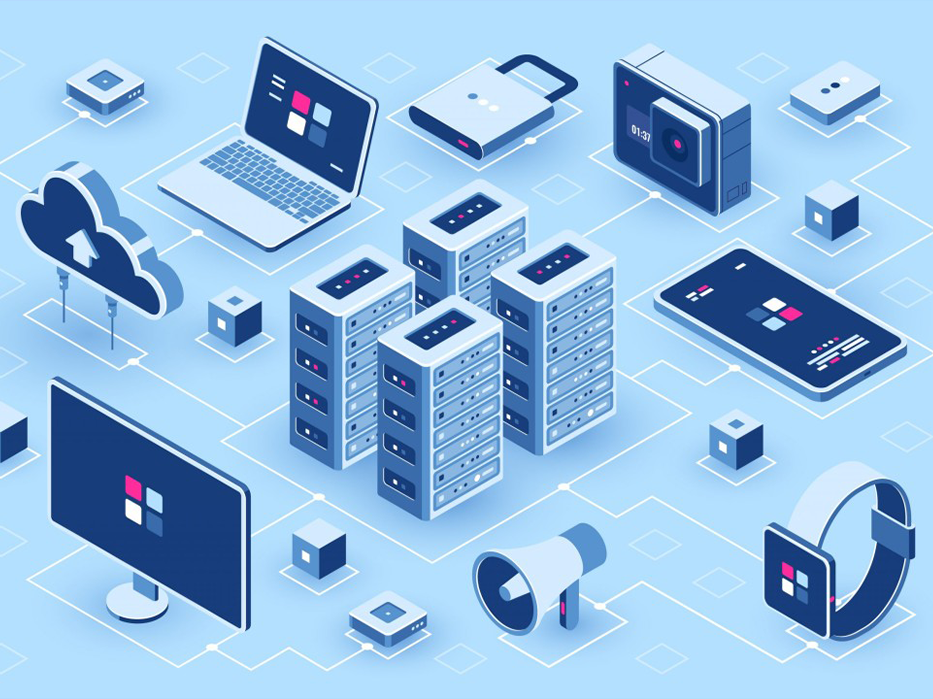- On-Demand Availability: Cloud services are available on-demand and can be accessed anytime, anywhere with an internet connection. Users typically pay only for the resources they use, which offers flexibility and scalability.
- Resource Pooling: Cloud providers pool together computing resources to serve multiple customers simultaneously. This pooling allows for efficient resource utilization and economies of scale, reducing costs for users.
- Scalability: Cloud services can easily scale up or down based on demand. Businesses can quickly add or reduce resources such as storage capacity or computing power to meet changing needs without significant upfront investment.
- Service Models: Cloud computing offers different service models:
- Infrastructure as a Service (IaaS): Provides virtualized computing resources over the internet. Users can rent virtual machines, storage, and networks.
- Platform as a Service (PaaS): Provides a platform allowing customers to develop, run, and manage applications without the complexity of building and maintaining the infrastructure.
- Software as a Service (SaaS): Delivers software applications over the internet on a subscription basis. Users access applications through a web browser without needing to install or manage software locally.
5. Deployment Models: Cloud computing also offers different deployment models:
- Public Cloud: Services are provided over the public internet and are available to anyone who wants to purchase them.
- Private Cloud: Services are maintained on a private network and are dedicated to a specific organization. This model offers more control and security but requires higher upfront costs.
- Hybrid Cloud: Combines public and private clouds, allowing data and applications to be shared between them. It provides flexibility to move workloads between clouds based on business needs.
Benefits of Cloud Computing:
- Cost Efficiency: Eliminates the need for upfront infrastructure investments and reduces maintenance costs.
- Flexibility and Scalability: Easily scale resources up or down to match business requirements.
- Accessibility: Allows users to access data and applications from anywhere with an internet connection.
- Reliability and Availability: Cloud providers often offer robust infrastructure with redundant systems to ensure high availability and reliability.
- Innovation: Enables businesses to rapidly innovate and deploy new applications and services without the constraints of traditional IT infrastructure.
Use Cases:
- Storage and Backup: Storing and backing up data securely in the cloud.
- Data Analytics: Performing complex data analysis using cloud-based tools and platforms.
- Collaboration: Facilitating collaboration among teams by providing access to shared documents and resources.
- Development and Testing: Building, testing, and deploying applications quickly using cloud-based development platforms.
Challenges and Considerations:
- Security: Concerns about data breaches, data loss, and compliance with regulations.
- Vendor Lock-in: Dependency on a single cloud provider can limit flexibility and increase costs.
- Performance: Potential latency issues depending on the geographic location of servers and data.
In conclusion, cloud computing has transformed IT infrastructure and service delivery, offering unprecedented flexibility, scalability, and accessibility to businesses and individuals alike. As technology evolves, cloud computing continues to play a crucial role in driving innovation and efficiency across various industries.





